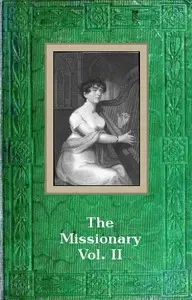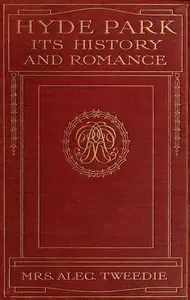"The Priest's Tale - Père Etienne" by Robert Keable is a story that illustrates the themes of religious devotion and cultural understanding through the experiences of a Catholic priest in Africa. Père Etienne reflects on his time in Africa, focusing on the hidden town of Mtakatifuni and its people, especially an old man named Mwezi. Mwezi has been eagerly awaiting the coming of a white priest, as told in a vision, who he hopes will revitalize his community. When Père Etienne appears, Mwezi expects him to be the savior of his dreams, but the reality is quite different. The story builds to a powerful conclusion where Père Etienne learns about the town's past and shares a deep connection with Mwezi, emphasizing the importance of faith, destiny, and human connections that go beyond cultural differences.

The Priest's Tale - Père Etienne From "The New Decameron", Volume III.
By Robert Keable
In a remote African town, an old man's lifelong wait for a prophesied priest clashes with the reality of the missionary who arrives, challenging both their faiths and expectations.
Summary
About the AuthorRobert Keable was a British novelist, formerly a missionary and priest in the Church of England. He resigned his ministry following his experiences in the First World War and caused a scandal with his 1921 novel Simon Called Peter, the tale of a priest's wartime affair with a young nurse. The book sold 600,000 copies in the 1920s alone, was referenced in The Great Gatsby, and was cited in a double murder investigation. Fêted in the United States, but critically less than well-received, Keable moved to Tahiti where he continued to write, producing both novels and theological works, until his death at age 40 of kidney disease.
Robert Keable was a British novelist, formerly a missionary and priest in the Church of England. He resigned his ministry following his experiences in the First World War and caused a scandal with his 1921 novel Simon Called Peter, the tale of a priest's wartime affair with a young nurse. The book sold 600,000 copies in the 1920s alone, was referenced in The Great Gatsby, and was cited in a double murder investigation. Fêted in the United States, but critically less than well-received, Keable moved to Tahiti where he continued to write, producing both novels and theological works, until his death at age 40 of kidney disease.
















